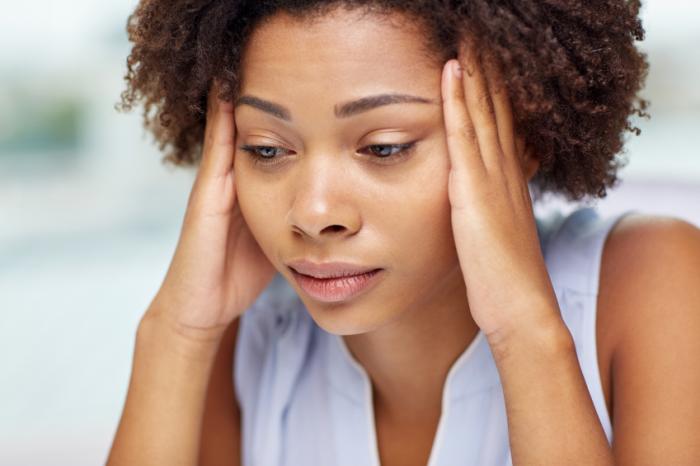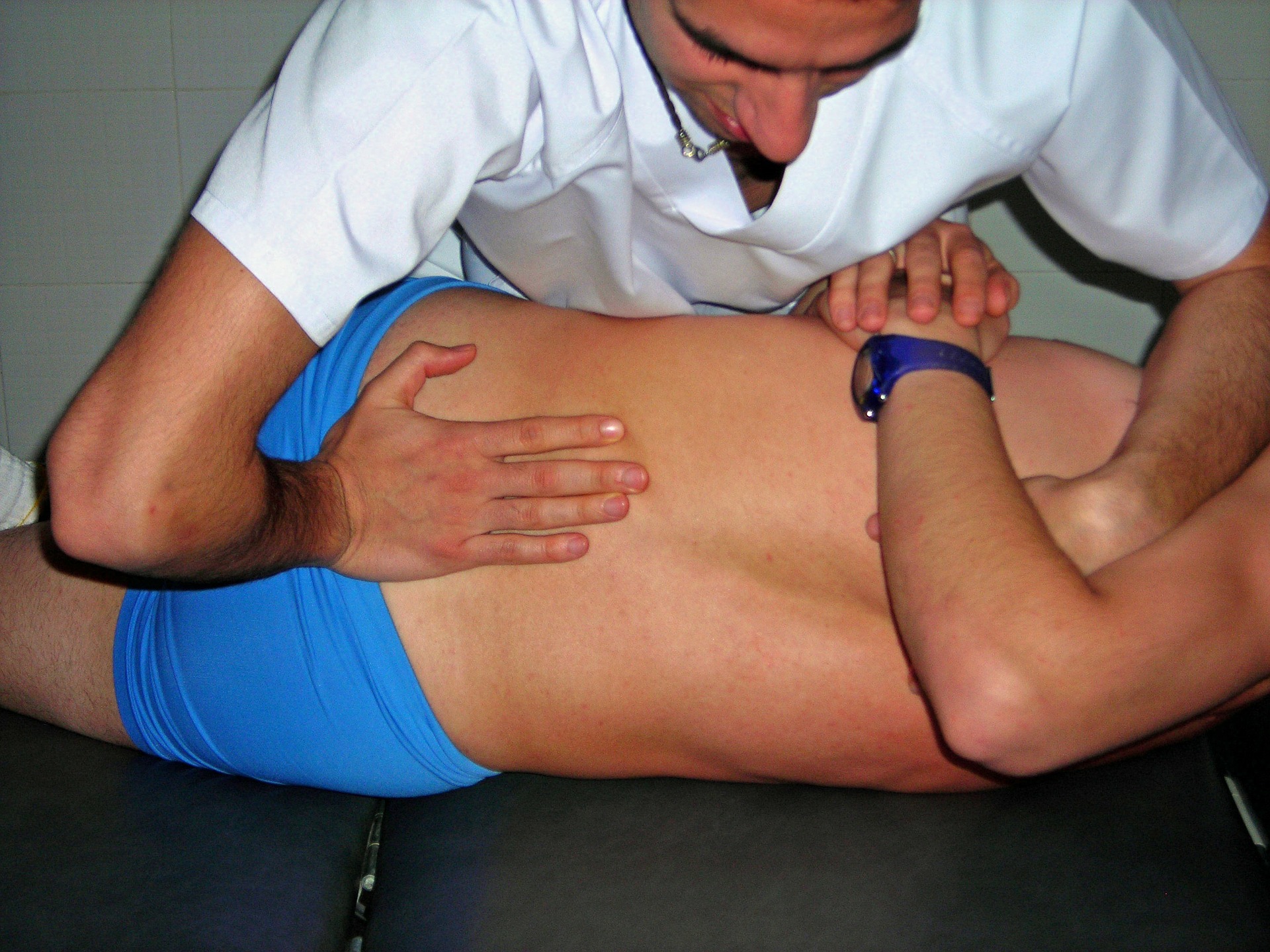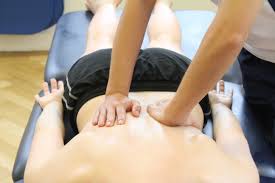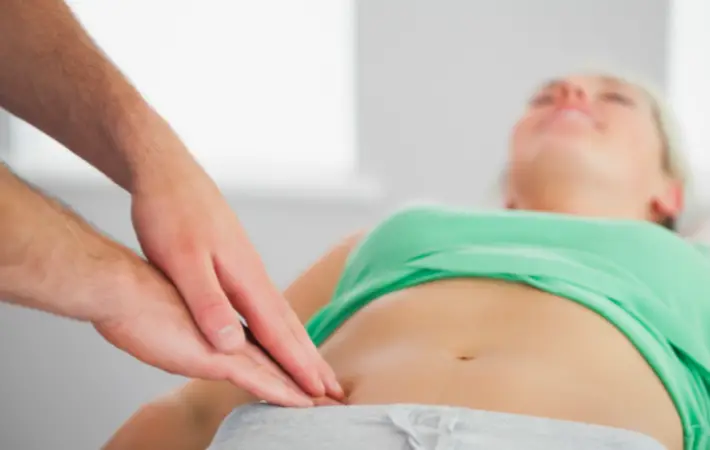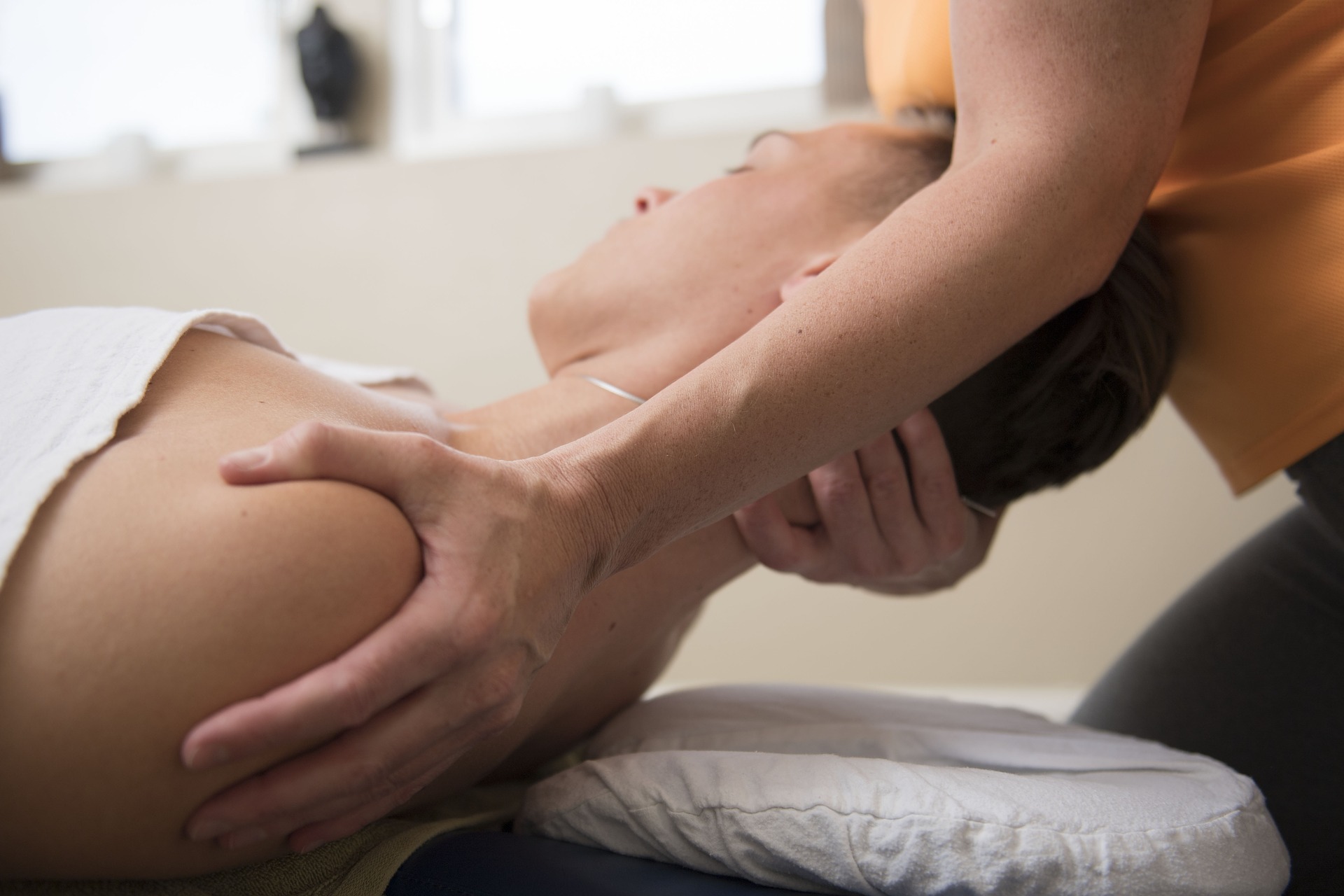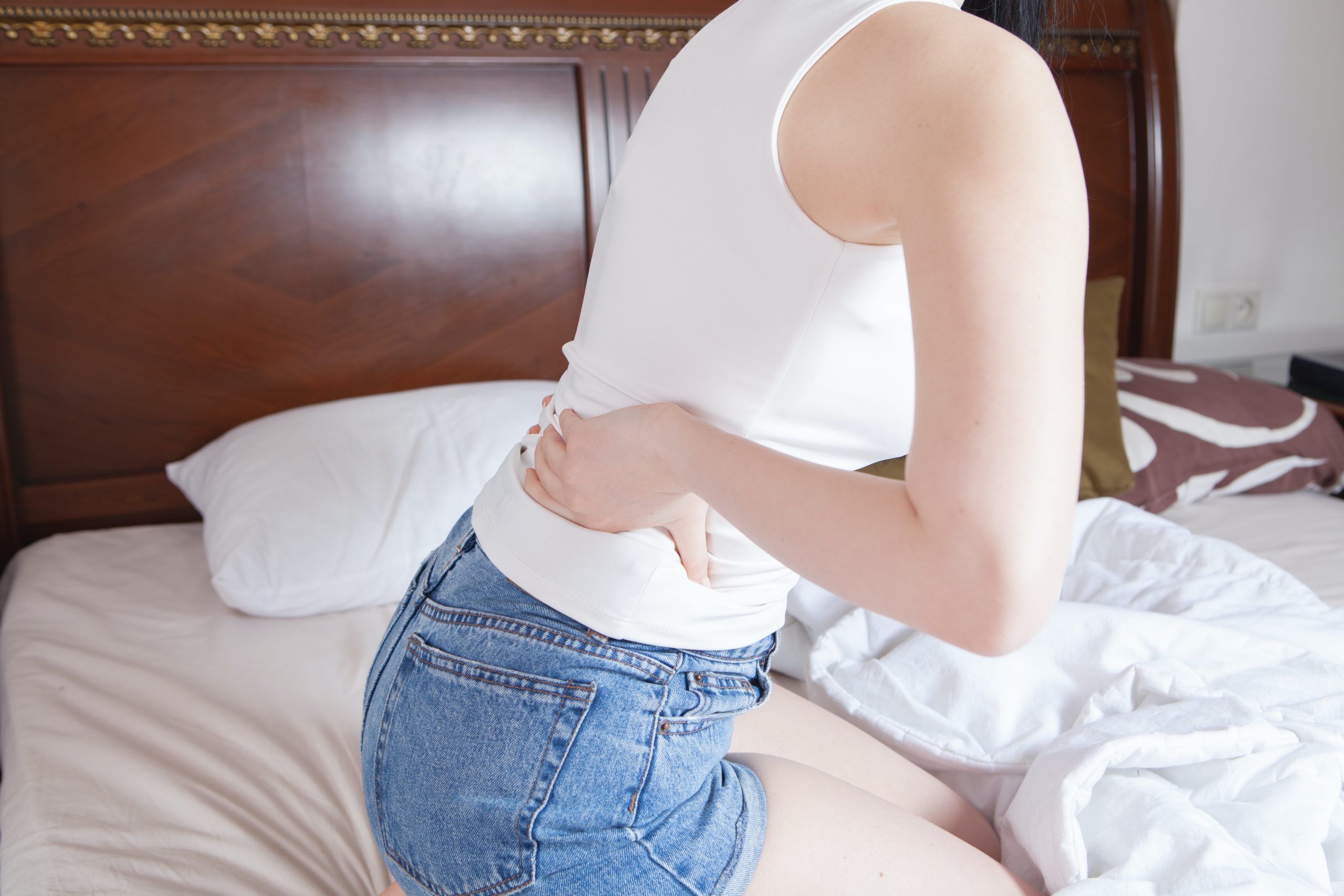Article reviewed and approved by Dr. Ibtissama Boukas, physician specializing in family medicine
In general, patients feel invigorated and relieved after an osteopathy session. But it also happens that after a treatment, you can feel some rather atypical sensations and symptoms. Depression after an osteopathy session, although rare, is a source of concern for many.
In this article, we will explain how the feeling of depression could be related to the osteopathy session, and discuss some other signs and symptoms frequently encountered after treatment. Preventative advice will also be shared to ensure that you benefit the most from your encounters with the osteopath.
Contents
Depression after an osteo session: Explanations
Why is it possible to feel depressed after a session where the therapist performs various types of massages and mobilizations?
Typically, the osteopath will adjust his techniques according to the patient's condition and his pain. It is not uncommon for the manipulations to be carried out at the level of the skull, diaphragm, psoas, lumbar, etc.
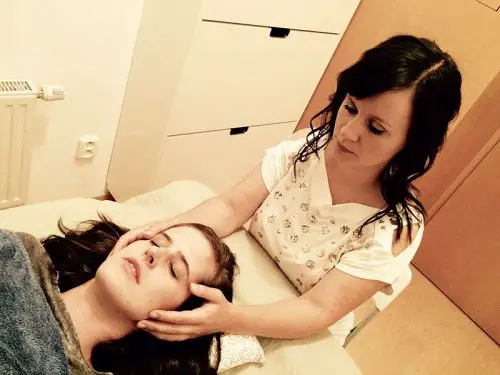
In addition to releasing physical tension and relieving pain, it is often said that osteopathy also aims to release emotional tension. Admittedly, these claims are not based on any solid scientific basis, but are frequently observed from an empirical point of view.
For example, craniosacral therapy seeks to free the flow of cerebrospinal fluid within the nervous system. The manual work of the diaphragm makes it possible to release certain tensions and stress. The psoas, on the other hand, is referred to as the muscle of the soul, and its relaxation can cause some unusual reactions.
Thus, the work of these regions - and several others - sometimes causes an emotional overload in the patient. This can even occur during the session. For example, it is not uncommon for some people to have a crying fit in the middle of treatment, following manipulation by the osteopath.
In other cases, the psychological and emotional reaction manifests itself some time after consulting. This is also where the depression comes from after the osteopathy session. Fortunately, this feeling is usually temporary, and gives way to a feeling of well-being after a while.
Other post-treatment symptoms
Depression is not the only potential symptom resulting from an osteopathy session. After a treatment, it is not uncommon to feel physical and emotional consequences due to the work performed by the practitioner. Generally, the latter will warn you of the side effects to be expected depending on the areas worked.
Some of the most common symptoms observed after an osteo consultation include:
Feeling of well-being
Certainly, the objective of this article was to highlight the depression sometimes observed in some patients after a session. But it must also be said that many people feel liberated and relaxed after the treatment.
This feeling of well-being comes from several factors, such as the endorphins released, the relaxation provided by osteopathic techniques, the placebo effect, etc.
Pain
To relieve pain, it goes without saying that the osteopath will have to work on areas related to the sore region - and sometimes even directly on it! For this reason, it is possible to feel pain immediately after the treatment.
Don't worry, this pain is usually temporary and should get better over time. If it persists, it is important to notify your therapist so that he can adjust his techniques during the next session. He will also give you advice to minimize discomfort and adapt your daily activities.
Aches
The osteopath regularly performs muscle work as part of his treatment. Massages can cause aches, much like after a workout.
As with pain, these aches should decrease and disappear within 24-48 hours, otherwise it is important to notify your osteopath.
Tiredness and drowsiness
As the objective of the treatments is to promote healing, the techniques of the osteopath allow the body to heal in an optimal environment. The body then draws on its reserves to fight the pathogen or other causes of pain.
This requires some effort, and often manifests as fatigue or drowsiness. It is a rather good sign in general, and will correct itself after a slight post-session rest.
Skin marks
The cutaneous marks generally come from a local activation of the circulation, and can be part of the osteopathic treatment. They can also be the consequences of tools used by the osteopath such as suction cups (cupping therapy), acupuncture, the Graston technique, etc.
Dizziness and lightheadedness
Dizziness, lightheadedness, or lightheadedness may be from staying in a horizontal position for a long time. When standing up, the sudden change in blood pressure while standing may be responsible for the symptoms cited. This condition is called orthostatic hypotension.
If the therapist has practiced techniques on the cervical or cranial level (such as the craniosacral therapy), it is also possible to experience these types of symptoms.
Tips
If you suffer from anxiety or depression immediately after an osteopathy session, don't panic! This may be a temporary reaction to treatment that should correct itself fairly quickly. On the other hand, it is important to consult a health professional if you see that this depressive state persists, and affects your mood, social relations or quality of life.
Here are some tips to apply after osteopathy sessions to minimize complications and optimize healing:
- rely on relative rest according to the advice of the osteopath (in general, avoid intense sports sessions)
- tell their therapist if you experience any other unusual symptoms
- optimize the healing of his body, including focusing on optimal hydration, nutrition and sleep
- apply heat or ice to painful areas based on osteo advice
- use natural products in addition
- pay close attention to your posture, mainly avoiding prolonged positions that are painful in the long run
- do the exercises and stretches prescribed by your therapist
References
- https://www.reflexosteo.com/blog-sante-bien-etre/apres-une-seance-osteopathie-effets-secondaires-conseils-364
- https://www.cyclosteo.fr/effets-secondaire-douleur-apres-consultation-osteopathie/

